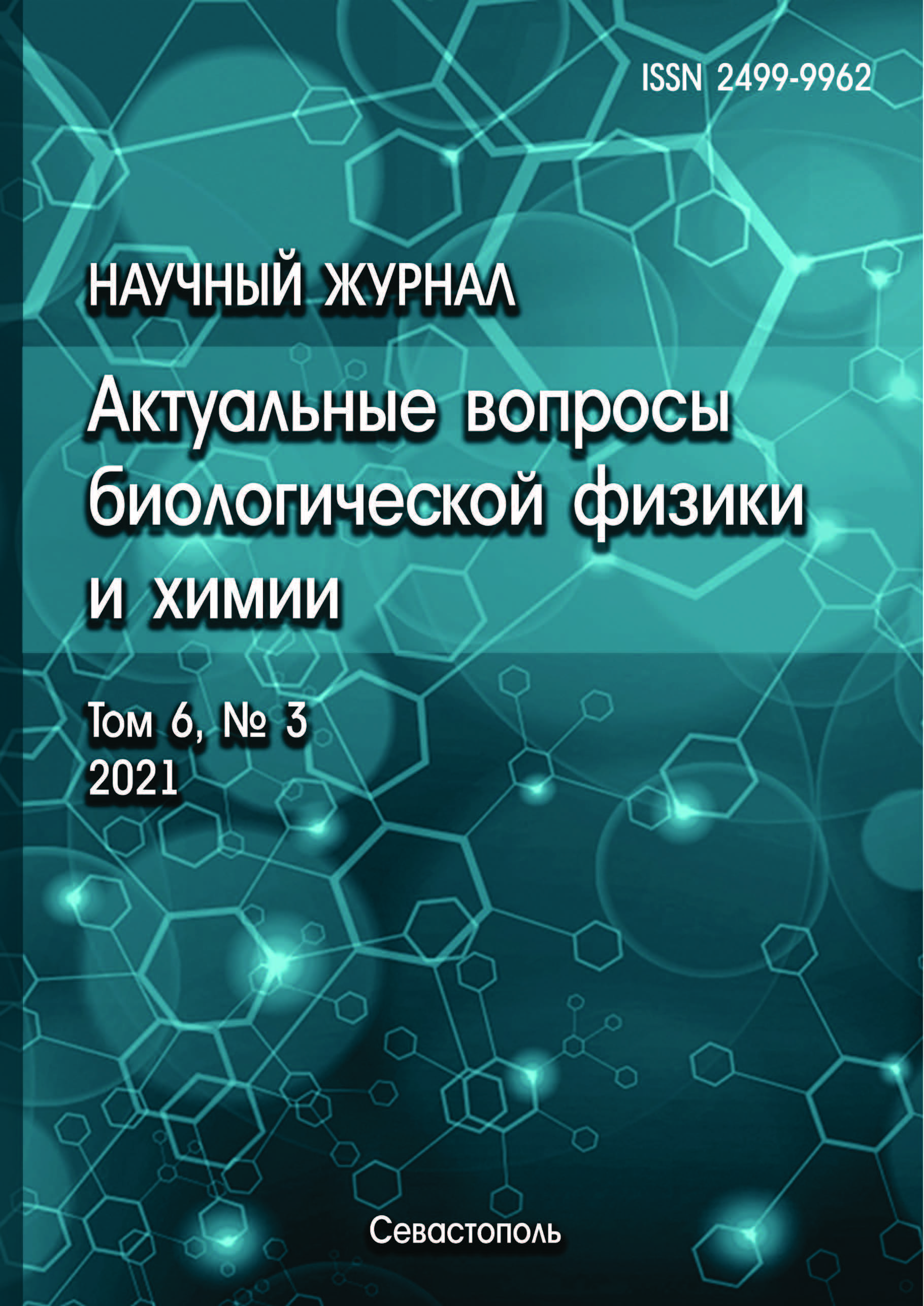Due to the increasing interest of neurophysiologists in the topic of neurocomputer interfaces and tasks for the perception and presentation of motor acts, the problem of studying and isolating sensorimotor mu-rhythm has become extremely urgent. In this paper the sensorimotor rhythm of the electroencephalogram) was distinguished using the method of independent components in patients with epilepsy (19 people) and healthy subjects (21 people). As part of the study of the mirror neuron system (MNS), the task was to identify components corresponding to the sensorimotor rhythm from the recorded EEG signal, as well as analyze the characteristics of these components when observing and performing motor acts in patients with focal symptomatic epilepsy compared to the control group of healthy subjects. To calculate independent components, the infomax algorithm was used, the selection of components corresponding to the sensorimotor rhythm was carried out according to a set of signs: localization in the region of the sensorimotor cortex, the frequency ranges of 8-13 Hz, a decrease in power when performing movement compared to a background sample. Next, the reactivity of the mu-rhythm components in the samples with performing and observing movements, reflecting the activation of MNS, was evaluated. An analysis of the characteristic features of the dynamics of the sensorimotor rhythm of the two groups was carried out. Also, the reactivity of the sensorimotor mu-rhythm was estimated by analyzing the output signal of the C3, C4, Cz electroencephalogram by the fast Fourier transform (FFT) method. The results obtained by the two methods were compared to determine a more precise method of isolating mu-rhythm. The hypothesis that there were statistical differences in the level of sensorimotor rhythm desynchronization in epilepsy patients and controls was also tested.
EEG, independent components analysis (ICA), sensorimotor rhythm, epilepsy, mirror neuron system
1. Zenkov L.R. Klinicheskaya elektroencefalografiya (s elementami epileptologii). Rukovodstvo dlya vrachey. 3-e izd. Moskva: MEDpressinform, 2004, 368 s. @@Zenkov L.R. Clinical electroencephalography with elements of epileptology. Guidance for clinicians. 3-rd edition. Moscow/ MEDpressinform, 2004, 368 p. (In Russ.)
2. Zhang K., Xu G., Zheng X., Li H., Zhang S., Yu Y., Liang R. Application of Transfer Learning in EEG Decoding Based on Brain-Computer Interfaces: A Review. Sensors, 2020, vol. 20, pp. 6321-6339. doi:https://doi.org/10.3390/s20216321 EDN: https://elibrary.ru/BWQQWO
3. Bimbil M., Festante F., Coudé1 G., Vanderwert R. E., Fox N. A. Simultaneous scalp recorded EEG and local field potentials from monkey ventral premotor cortex during action observation and execution reveals the contribution of mirror and motor neurons to the mu-rhythm. Neuroimage, 2018, vol. 175, no. 22, pp. 22-31. doi:https://doi.org/10.1016/j.neuroimage.2018.03.037
4. Rizzolatti G., Fadiga L., Gallese V., Fogassi L. Premotor cortex and the recognition of motor actions. Cogn. Brain Res, 1996, vol. 3, no. 2, pp. 131-141. doi:https://doi.org/10.1016/0926-6410(95)00038-0 EDN: https://elibrary.ru/ANWDWJ
5. Mukamel R., Ekstrom A. D., Kaplan J., Lacoboni M., Fried I. Single-Neuron Responses in Humans during Execution and Observation of Actions. Curr Biol. 2010, vol. 20, no. 8, pp. 750-756. doi:https://doi.org/10.1016/j.cub.2010.02.045 EDN: https://elibrary.ru/NZXBGB
6. Perry A., Bentin S. Mirror activity in the human brain while observing hand movements: a comparison between EEG desynchronization in the mu-range and previous fMRI results. Brain Res, 2009, vol. 1282, pp. 126-132. doi:https://doi.org/10.1016/j.brainres.2009.05.059.
7. Makeig S., Bell A.J., Jung T.P., Sejnowski T.J. Independent component analysis of Electroencephalographic data. Advances in Neural Information Processing Systems, 1996, vol. 8, pp. 145-151.
8. Bazanova O.M. Variabel'nost' i vosproizvodimost' individual'noy chastoty al'fa-ritma EEG v zavisimosti ot eksperimental'nyh usloviy. Zhurnal vysshey nervnoy deyatel'nosti, 2011, t. 61, № 1, s. 102-111. @@Bazanova. O.M. Individual Alpha Peak Frequency Variability and Reproducibility in Dependence on the Experimental Conditions. Journal of Higher Nervous Activity, 2011, vol. 61, no. 1, pp. 102-111. (In Russ.) EDN: https://elibrary.ru/NDJJXH










